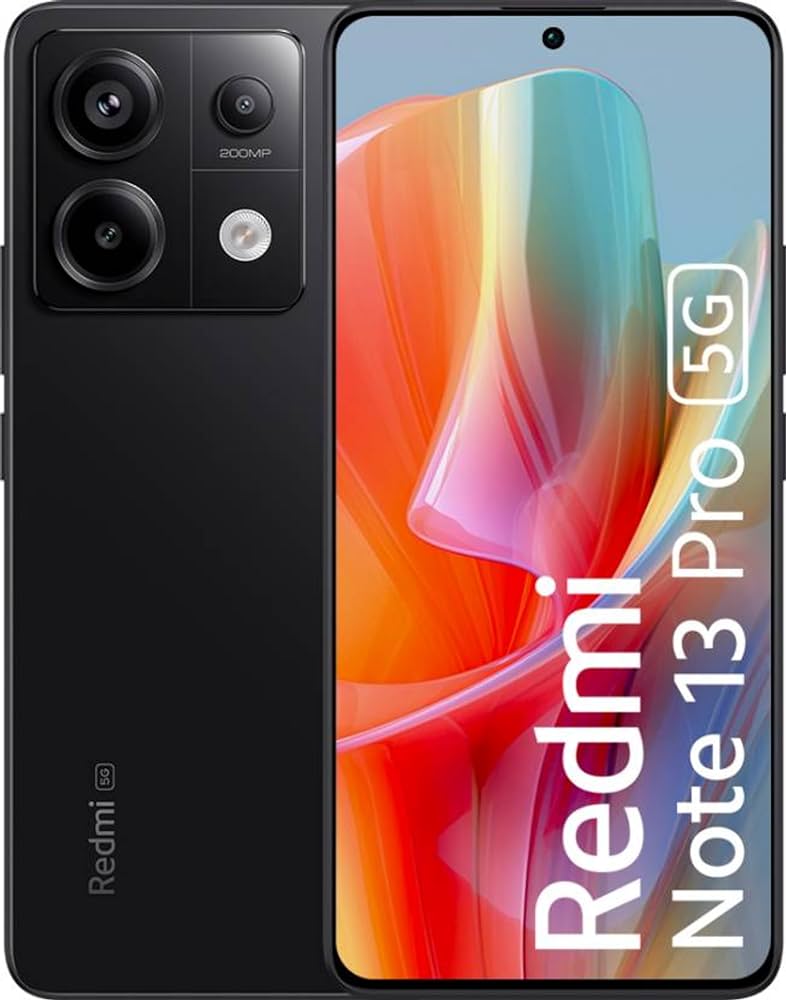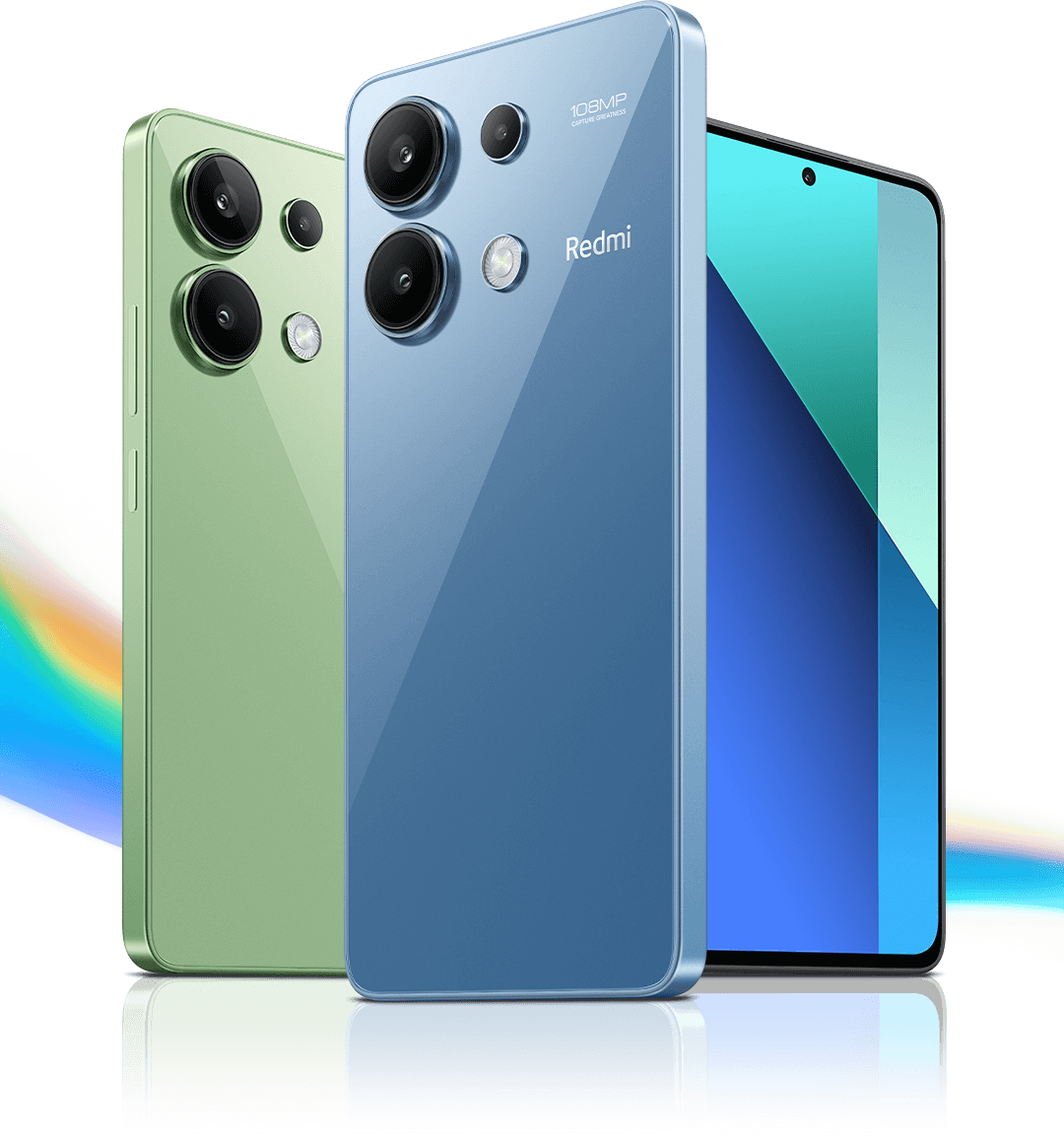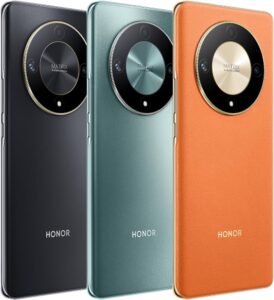Xiaomi has released two new mid-range smartphones, the Redmi Note 13 and 13 Pro. While they share some similarities, there are also some key differences to consider. Here’s a detailed breakdown of both phones.
Display
- Xiaomi Redmi Note 13: 6.67-inch IPS LCD display with Full HD+ resolution (1080 x 2400 pixels), 90Hz refresh rate, and Gorilla Glass 5 protection.
- Xiaomi Redmi Note 13 Pro: 6.67-inch AMOLED display with Full HD+ resolution (1220 x 2400 pixels), 120Hz refresh rate, HDR10+ and Dolby Vision support, and Gorilla Glass Victus protection.

Processor
- Redmi Note 13: MediaTek Helio G99 Ultra, a 6nm processor with up to 8GB of RAM and 256GB of storage.
- Redmi Note 13 Pro: Qualcomm Snapdragon 7s Gen 2, a 7nm processor with up to 12GB of RAM and 512GB of storage.
Camera
- Redmi Note 13: Triple camera system with a 50MP main sensor, an 8MP ultrawide sensor, and a 2MP macro sensor.
- Redmi Note 13 Pro: Quad camera system with a 200MP main sensor (Samsung ISOCELL HPX), an 8MP ultrawide sensor, a 5MP macro sensor, and a 2MP depth sensor.

Battery
- Both phones: 5000mAh battery with 67W fast charging.
Other Features
- Both phones have a side-mounted fingerprint sensor, stereo speakers, and IP54 dust and splash resistance.
- The Redmi Note 13 Pro runs MIUI 14 based on Android 13, while the Redmi Note 13 might get the update later.
Comparison Table for Xiaomi Redmi NOte 13 & 13 Pro
| Feature | Redmi Note 13 | Redmi Note 13 Pro |
|---|---|---|
| Display | 6.67″ IPS LCD, 90Hz | 6.67″ AMOLED, 120Hz |
| Processor | MediaTek Helio G99 Ultra | Qualcomm Snapdragon 7s Gen 2 |
| RAM | Up to 8GB | Up to 12GB |
| Storage | Up to 256GB | Up to 512GB |
| Main Camera | 50MP | 200MP |
| Battery | 5000mAh | 5000mAh |
| Charging | 67W | 67W |
| Software | MIUI 14 (potential future update) | MIUI 14 |
Overall
The Redmi Note 13 Pro is the more powerful and feature-rich option with a better display, a faster processor, a higher-resolution main camera, and the latest software. However, the Redmi Note 13 is a more affordable option with a still-capable processor and camera system.
Additional Points to Consider
- Gaming: The Redmi Note 13 Pro’s Snapdragon 7s Gen 2 is better suited for gaming than the MediaTek Helio G99 Ultra in the Redmi Note 13.
- Camera: While the Redmi Note 13 Pro boasts a higher megapixel count, real-world photo quality might not be significantly better than the Redmi Note 13.
- Software: Both phones offer a similar user experience, but the Redmi Note 13 Pro might receive software updates sooner.
Ultimately, the best choice for you depends on your individual needs and priorities. If you prioritize performance, camera quality, and the latest software, the Redmi Note 13 Pro is the better option. However, if you’re on a budget and prioritize affordability, the Redmi Note 13 is still a capable phone.



